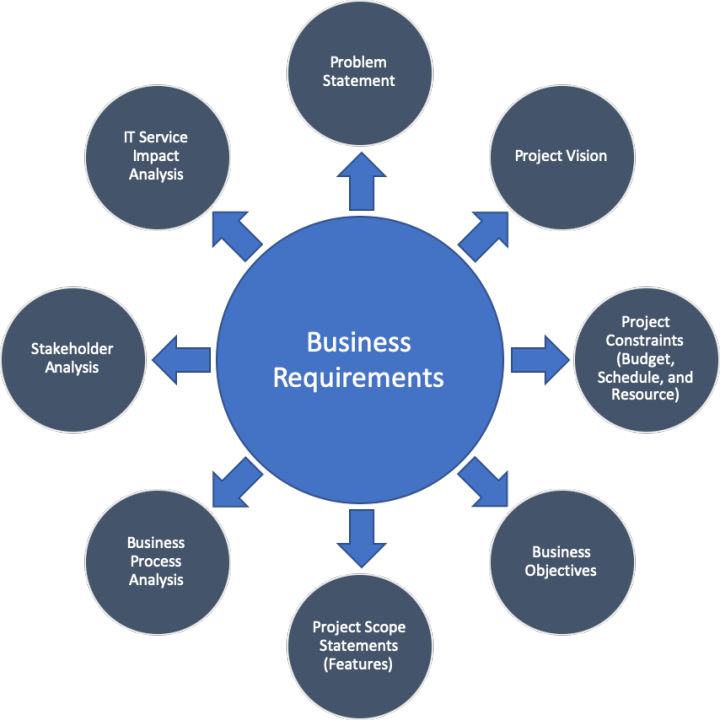
What is a business requirements document (BRD)?
A business requirements document (BRD) //romanbusiness.com/ is a document that describes the business needs that a project is intended to address. It is a key tool for ensuring that projects are aligned with the business goals and that all stakeholders are on the same page.
A well-written BRD should include the following information:
- Executive summary: This provides an overview of the project, including the business problem it is trying to solve, the project goals, and the target audience.
- Project objectives: These are the specific outcomes that the project is expected to achieve.
- Project scope: This defines the boundaries of the project, including the tasks that will be performed, the deliverables that will be produced, and the resources that will be used.
- Business requirements: These are the functional and non-functional requirements of the project. Functional requirements describe what the system should do, while non-functional requirements describe how the system should perform.
- Key stakeholders: These are the people who will be affected by the project, either directly or indirectly.
- Project constraints: These are the limitations that the project must work within, such as budget, time, or resources.
- Cost-benefit analysis: This evaluates the financial impact of the project, both in terms of the costs and the benefits.
How to write a BRD
The following steps can be used to write a BRD:
- Start with the business problem. What is the problem that the project is trying to solve? What are the business goals for the project?
- Identify the key stakeholders. Who are the people who will be affected by the project? What are their needs and expectations?
- Define the project objectives. What specific outcomes does the project need to achieve?
- Develop the business requirements. What are the functional and non-functional requirements of the project?
- Identify the project constraints. What are the limitations that the project must work within?
- Perform a cost-benefit analysis. What are the financial implications of the project?
- Review and approve the BRD. Once the BRD is complete, it should be reviewed and approved by all key stakeholders.
Benefits of writing a BRD
There are many benefits to writing a BRD, including:
- Improved communication: A BRD can help to improve communication between all stakeholders, ensuring that everyone is on the same page about the project goals and requirements.
- Increased project success: A BRD can help to increase the chances of project success by providing a clear roadmap for the project and by identifying potential risks and challenges early on.
- Reduced costs and delays: A BRD can help to reduce costs and delays by ensuring that the project is well-planned and that all requirements are met.
Conclusion
A business requirements document is a valuable tool for any project. By taking the time to write a BRD, you can improve communication, increase project success, and reduce costs and delays.
Here are some additional tips for writing a BRD:
- Use clear and concise language.
- Be specific and avoid ambiguity.
- Use a consistent format and style.
- Get feedback from stakeholders throughout the process.
By following these tips, you can write a BRD that will be clear, comprehensive, and useful for all stakeholders.


